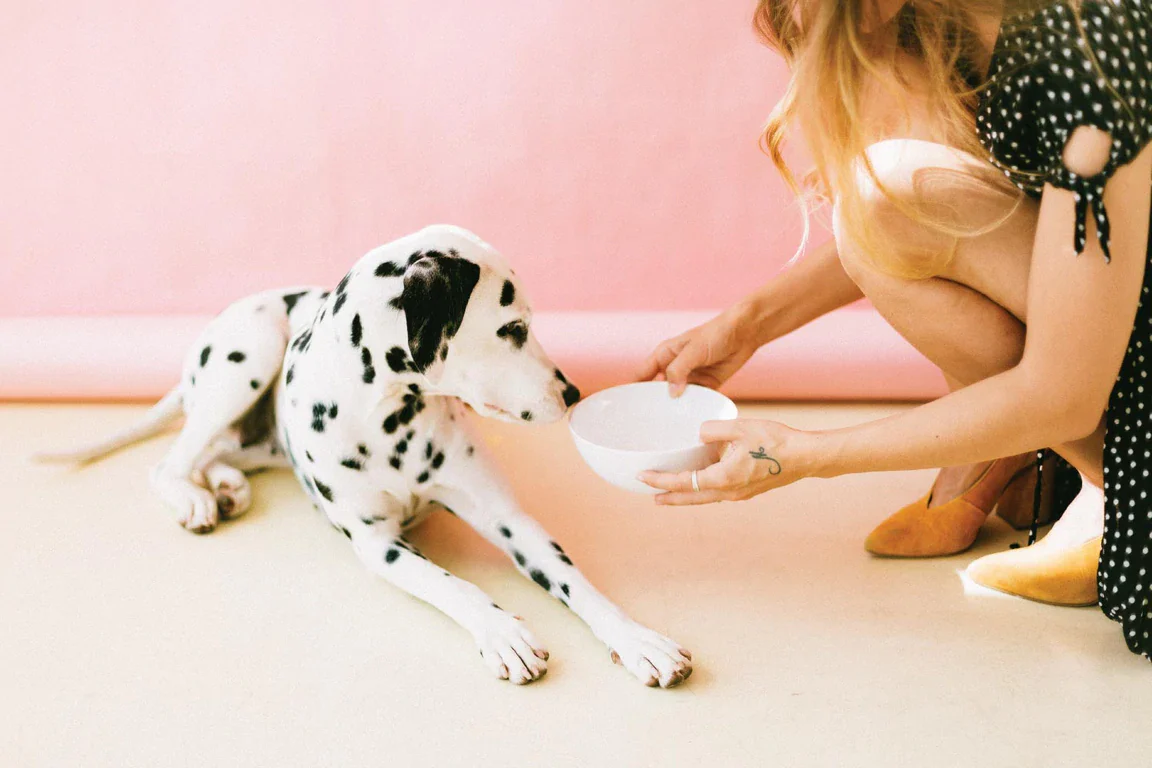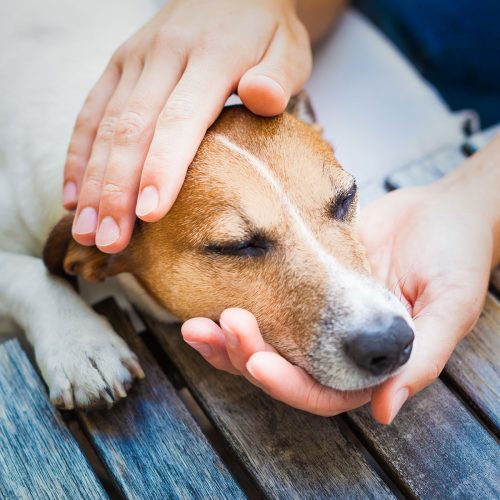At first glance, feeding your pet seems easy: purchase a bag of food, fill the bowl, and repeat. However, if you’ve ever pondered why some dogs thrive on kibble while others gain weight or experience allergies, you’ve seen firsthand that there is no one-size-fits-all approach to nutrition.
Breed, age, and health conditions all play a massive role in what your pet actually needs to eat. Creating a pet-specific diet plan is about prevention, longevity, and quality of life, not pampering.
Diets tailored to a pet’s biology and health profile reduce the likelihood of obesity, diabetes, joint problems, and digestive disorders.
That translates to more active years spent together, fewer vet bills, and fewer worries. So, how does one create an appropriate meal plan? Let’s dissect it step by step.
Read Also: Raw Diet for Dogs: Pros, Cons, and How to Get Started
Why Your Pet’s Diet Needs to Be Personalized
A senior Chihuahua cannot be expected to thrive on the same diet as a young Labrador Retriever, just as you wouldn’t feed a toddler the same diet as an athlete.
- Variations by breed: Compared to toy breeds, large breeds use energy differently. Certain breeds are susceptible to bloating, allergies, or hip dysplasia, all of which are impacted by diet.
- Age differences: For growth, puppies and kittens require more calories, protein, and fat. Seniors require more fibre and joint support but fewer calories.
- Health conditions: More stringent nutritional control is required for people with diabetes, kidney disease, obesity, or food sensitivities.
- These factors are balanced in a customized meal plan. What is biologically appropriate for your pet is more important than what is “trendy.”
Step 1: Start with Breed-Specific Needs
Dogs For healthy bones, large breeds like Great Danes, German Shepherds, and Labradors need to have their calcium and phosphorus levels controlled.
Glucosamine and chondroitin are beneficial for joints. Multiple small meals rather than one large bowl are advised due to the increased risk of bloat.
Due to their quicker metabolisms, small breeds (such as Chihuahuas, Pomeranians, and Yorkies) require a diet high in calories. Dental strain is avoided with smaller kibble sizes.
Puppies are at risk for hypoglycemia and need frequent, tiny meals. Active breeds, such as Belgian Malinois, Huskies, and Border Collies, have higher fat and protein content to support energy production.
omega-3 fatty acids to aid in healing and lower inflammation. Less active breeds, such as Shih Tzus, Bulldogs, and Basset Hounds, are more likely to be obese and require a lower calorie intake along with fibre to feel full.
Cats Maine Coons: To maintain their large frame, they need more protein. Siamese: May require meals high in calories due to their tendency to have a faster metabolism. Persians: More likely
Step 2: Adjust for Age
Puppies and Kittens
- Need 2–3x more calories than adults per pound of body weight.
- Require DHA (a fatty acid) for brain and vision development.
- Multiple small meals to stabilize energy and digestion.
Adults
- Maintenance mode: steady calorie intake based on activity level.
- Balanced macronutrients—protein (dogs: 18–25%, cats: 25–35%), fat, fiber.
- Portion control is critical to avoid slow weight gain.
Seniors
- Lower metabolism, so fewer calories needed.
- More fiber to support digestion.
- Supplements like glucosamine, antioxidants, and omega-3s help fight inflammation.
- Easy-to-chew food for dental comfort.
Step 3: Factor in Health Conditions
Obesity
- One of the most common pet issues—over 50% of dogs and cats are overweight.
- Switch to calorie-controlled diets with lean protein and fiber.
- Use slow-feeder bowls or puzzle feeders to encourage slower eating.
Diabetes
- High-protein, low-carb diets stabilize blood sugar.
- Consistent meal times aligned with insulin schedules are essential.
Kidney Disease
- Controlled protein (not too high, not too low).
- Reduced phosphorus and sodium.
- Wet food is often better to increase water intake.
Allergies or Food Sensitivities
- Elimination diets to identify triggers.
- Limited ingredient diets (e.g., single protein like duck or venison).
- Grain-free isn’t always necessary—it’s about what your pet reacts to.
Joint Issues
- Weight management is priority number one.
- Add glucosamine, chondroitin, and omega-3s.
- Consider foods with anti-inflammatory properties (fish-based formulas).
Step 4: Decide Between Homemade, Commercial, or Hybrid Plans
Commercial diets are accessible for the majority of needs, convenient, and scientifically balanced. Seek out brands that have been approved by AAFCO.
- Homemade diets: Provide control, but in order to avoid nutrient gaps, they need to be veterinarian-approved. Supplements are typically required.
- High-quality kibble combined with new ingredients (such as salmon oil, pumpkin, or chicken) is known as a hybrid diet. This can strike a balance between freshness and convenience. A common error made by owners? assuming that homemade food is inherently healthier. Homemade meals can actually be detrimental to long-term health if they don’t contain the proper amounts of protein, fat, carbohydrates, vitamins, and minerals.
Step 5: Meal Frequency and Portion Control
- Small breeds: 3–4 meals daily.
- Large breeds: 2 meals daily, smaller portions to reduce bloat risk.
- Cats: Grazing can work, but overweight cats need controlled feeding schedules.
Rule of thumb:
- Dogs: 25–30 calories per pound of body weight daily.
- Cats: 20–25 calories per pound of body weight daily.
Adjust based on activity level and body condition score (your vet can assess this).
Step 6: Don’t Forget Hydration
Water is the most overlooked part of meal planning. Cats, in particular, have a low thirst drive and may not drink enough. Wet food, broths, or water fountains can keep them hydrated and protect kidney health.
Practical Example Meal Plans
- GExample 1: A five-year-old, energetic Labrador Retriever 1.5 cups of large-breed kibble with joint supplements in the morning.
- Evening meal: two tablespoons of salmon oil and 1.5 cups of kibble. Carrot sticks are a low-calorie, high-fiber snack.
- Example 2: An overweight eight-year-old Persian cat kept indoors ½ cup of weight-control kibble in the morning. Evening: ½ can of low-calorie wet food. To promote hydration, install a water fountain. Example 3: Four-month-old Chihuahua puppy Small portions of puppy kibble for breakfast, lunch, dinner, and a snack in the evening. To add taste and Yybv, mix with a spoonful of plain boiled chicken.
Common Mistakes to Avoid
- Free-feeding (leads to obesity).
- Switching diets suddenly (causes digestive upset).
- Ignoring labels (look for meat as the first ingredient, avoid fillers).
- Overdoing treats (should be less than 10% of daily calories).hyv
FAQs on Pet Meal Planning
- How can I determine whether my pet’s diet is effective? Verify weight, stool consistency, coat shine, and energy levels. Frequent weigh-ins with your veterinarian verify that you’re on track.
- Can I feed my pet human food? Yes, but with caution. Rice, lean meats, and simple veggies are all acceptable. Steer clear of xylitol, chocolate, onions, and grapes.
- Should I eat food without grains? Not all the time. Grain-free isn’t required unless your pet has a confirmed grain allergy. Dog heart problems have even been connected to certain grain-free diets.
- How frequently should the meal plan for my pet be updated? whenever a person’s health changes or at any life stage transition (puppy to adult, adult to senior).
- Are supplements effective? Sure, but only if necessary. Omega-3 fatty acids,
Final Thoughts
Creating a pet diet plan isn’t about adopting a trendy food advertisement or trying to figure out what worked for your neighbor’s dog. It’s about looking at your pet’s breed, age, and health needs with honesty and care.
The dietary needs of an elderly Chihuahua, a Siamese cat, and a Great Dane are completely different. A healthy diet maintains balanced energy, healthy joints, and shiny coats. More significantly, it stops expensive diseases before they start.
One meal at a time, you can influence your pet’s lifespan and quality of life rather than just providing food. The true question then becomes: are you feeding your pet for today or for the many years of good health you hope they will have in the future?



